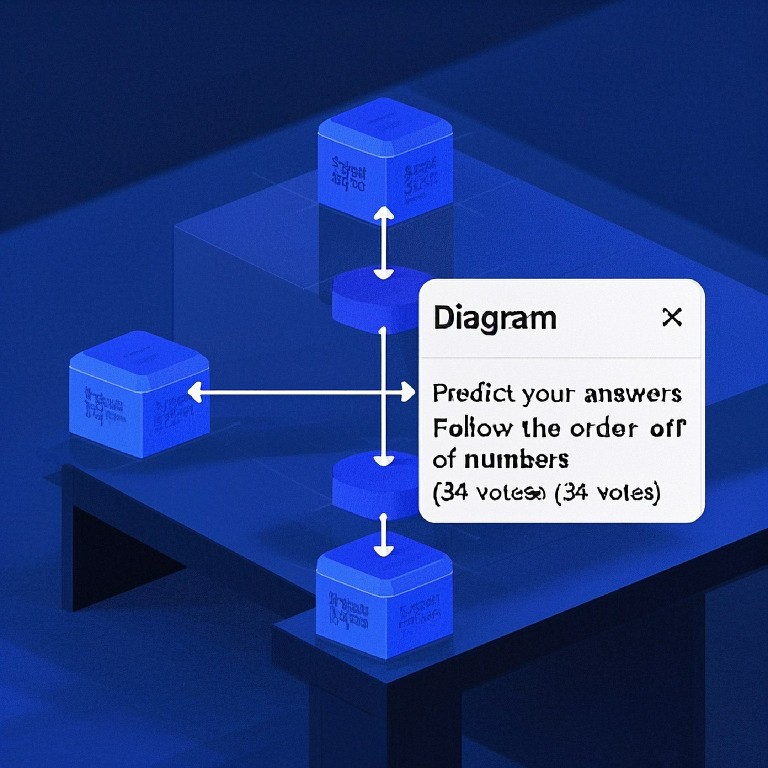Diagram Questions in IELTS Listening: Key Strategies
Diagram-based questions are frequently encountered in Section 2 of the IELTS Listening test and are generally considered straightforward to earn points from. However, some test-takers struggle to keep up with the progression of the audio description. Below are practical strategies to tackle such questions effectively.
Analyze the Diagram Thoroughly
During the 30-second preparation time, carefully examine the diagram, noting both labeled sections and blanks. Mentally map out three-dimensional layouts if applicable, as this visualization will help you stay synchronized with the audio. Misinterpreting the diagram’s purpose or structure may lead to confusion once the recording begins.
Anticipate Possible Answers
Use the brief preparation window to predict answers based on context clues. Determine whether the answer will be numerical or lexical (e.g., noun, adjective). For instance, prepositions like adjacent to or beneath in the labels may indicate spatial relationships. Additionally, the diagram’s title often reveals the topic, offering hints about vocabulary likely to appear in the audio.
Track Numerical or Alphabetical Order
Diagrams typically number blanks sequentially (e.g., 1, 2, 3 or A, B, C). The audio will follow this order, so methodically track numbered labels as you listen. Focus on one blank at a time—for example, after filling blank 1, immediately shift attention to blank 2. Avoid distractions by adhering strictly to the numerical sequence rather than scanning unrelated sections.
Adhere to Word Limits
Always note the word limit specified in the instructions (e.g., one word only). Extract answers precisely from the audio while ensuring compliance with these rules. Even a correct answer exceeding the limit will be marked incorrect. For example, if the audio states “metallic alloy” but the instruction permits one word only, write “alloy” instead.
By mastering these techniques, test-takers can efficiently navigate diagram questions and avoid common pitfalls.






